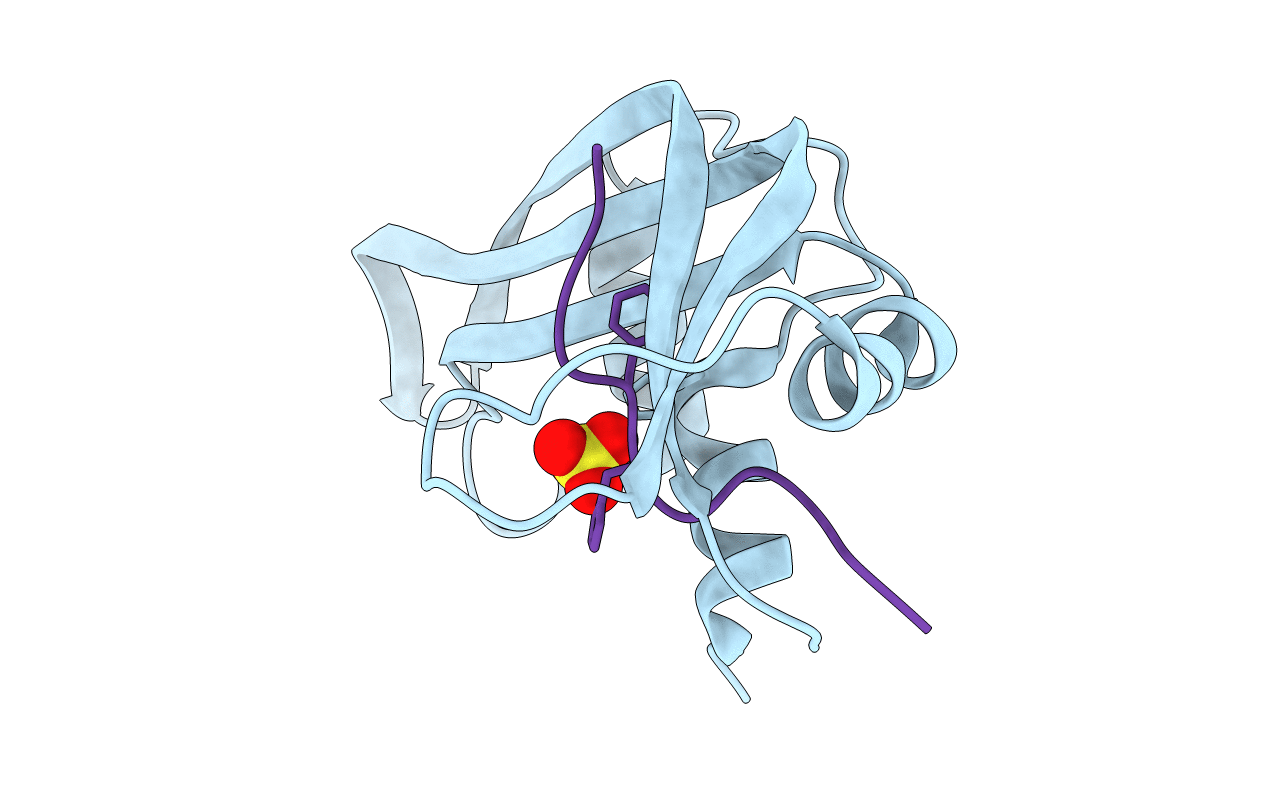
Deposition Date
1991-05-20
Release Date
1994-12-20
Last Version Date
2024-10-30
Entry Detail
PDB ID:
4SRN
Keywords:
Title:
STRUCTURAL CHANGES THAT ACCOMPANY THE REDUCED CATALYTIC EFFICIENCY OF TWO SEMISYNTHETIC RIBONUCLEASE ANALOGS
Biological Source:
Source Organism:
Bos taurus (Taxon ID: 9913)
Method Details:
Experimental Method:
Resolution:
2.00 Å
R-Value Work:
0.17
R-Value Observed:
0.17
Space Group:
P 32 2 1


